What is the suggested way to iterate over the rows in pandas like you would in a file? For example:
LIMIT = 100
for row_num, row in enumerate(open('file','r')):
print (row)
if row_num == LIMIT: break
I was thinking to do something like:
for n in range(LIMIT):
print (df.loc[n].tolist())
Is there a built-in way to do this though in pandas?
